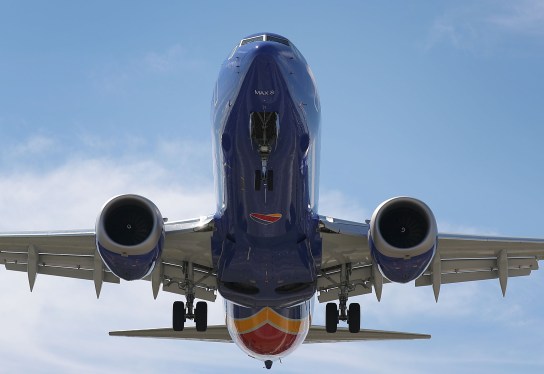The airline industry is on track to reach a record-breaking revenue of $996 billion this year, driven by soaring demand for travel. However, despite the promising numbers, airlines are struggling with razor-thin margins, with earnings projected to be around $6.14 per passenger. In an effort to boost profits, more airlines are turning to dynamic pricing technology, which prices fares and amenities variably based on a traveler’s willingness to pay.
The Growth of Dynamic Pricing
According to the trade association IATA, total expenses for airlines are projected to reach $936 billion, leaving limited room for error. In response, 258 carriers have deployed some form of dynamic pricing today, up from 220 in 2022, per travel industry group ATPCO.
The Role of AI in Dynamic Pricing
One of the key vendors providing infrastructure for dynamic pricing systems is Fetcherr, which launched in 2019. The app, founded by entrepreneurs Uri Yerushalmy, Roy Cohen, and Robby Nissan, uses AI to forecast demand for particular airline routes and generate a dynamic price, shown to customers as they search a carrier’s website.
"The airline industry faces significant challenges in adopting continuous pricing," Cohen, Fetcherr’s CEO, told TechCrunch. "Traditional, outdated infrastructure and rule-based systems limit real-time adjustments and swift market adaptation … Fetcherr employs AI to generate optimal market moves, dynamically optimizing pricing and automating real-time publishing of prices."
How Dynamic Pricing Works
Fetcherr, like other dynamic pricing tech, calculates the prices that buyers see using AI models tailored to a company’s customer demographics. Fetcherr’s models are trained on several years’ worth of bookings, flight schedules, availability, and fares data, as well as variables like weather and microeconomic/macroeconomic market conditions.
"Our models are based on public data and our customer private data, all stored on a private cloud for each of our customers," Cohen said.
The Controversy Surrounding Dynamic Pricing
While dynamic pricing may seem like a straightforward way to increase revenue, it has raised concerns among travelers. Many feel that the variable pricing system is unfair, as prices can fluctuate rapidly based on demand.
Moreover, some airlines have been accused of using dynamic pricing as a tool for price gouging, particularly during peak travel periods or in response to significant events like natural disasters.
The Future of Dynamic Pricing
As the airline industry continues to evolve, it’s likely that dynamic pricing will play an increasingly important role. However, regulators and travelers alike must remain vigilant to ensure that this technology is used fairly and transparently.
In recent years, there have been calls for greater transparency in dynamic pricing practices, as well as efforts to establish clear guidelines for its use.
Conclusion
The rise of dynamic pricing in the airline industry has sparked controversy and raised important questions about fairness and transparency. As the sector continues to evolve, it’s essential that airlines prioritize responsible use of this technology to ensure a positive experience for travelers.
Related Articles




